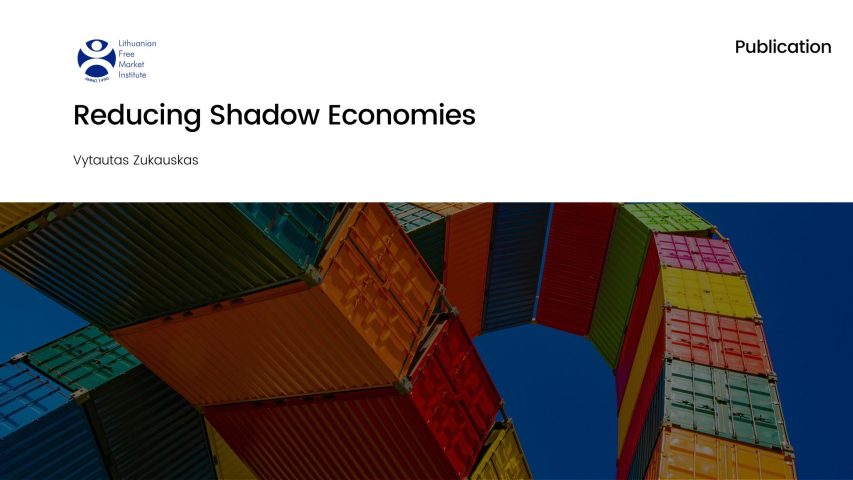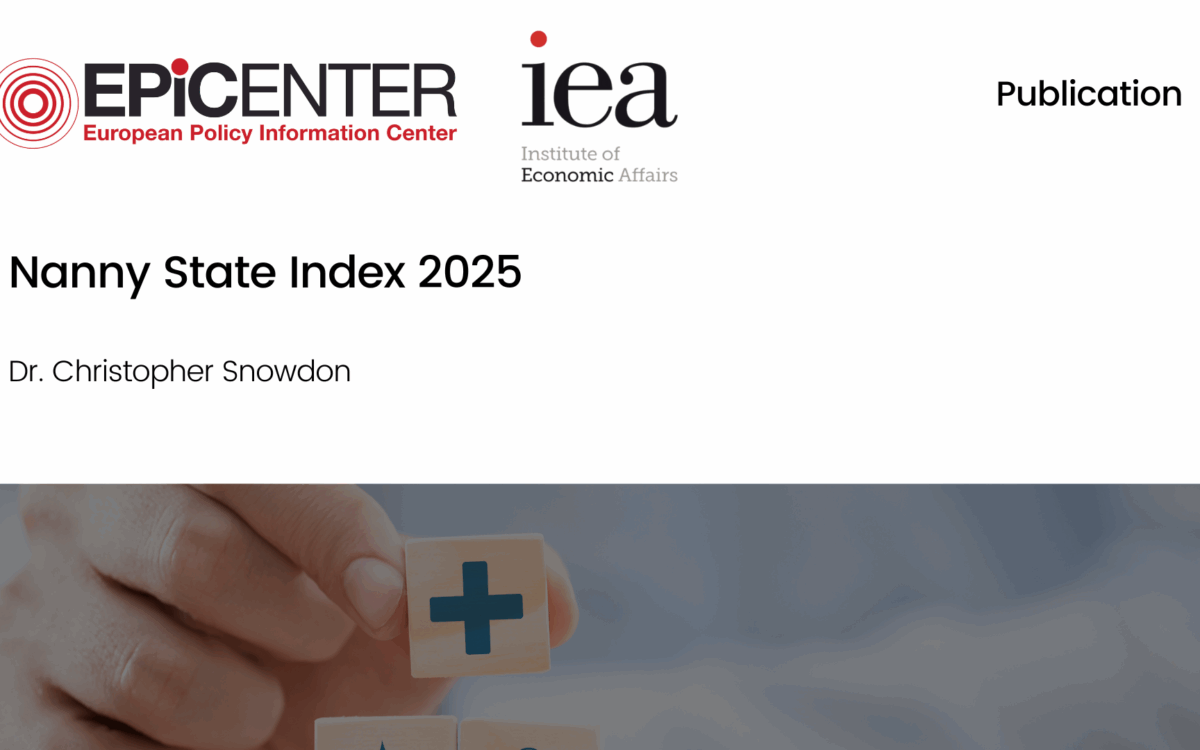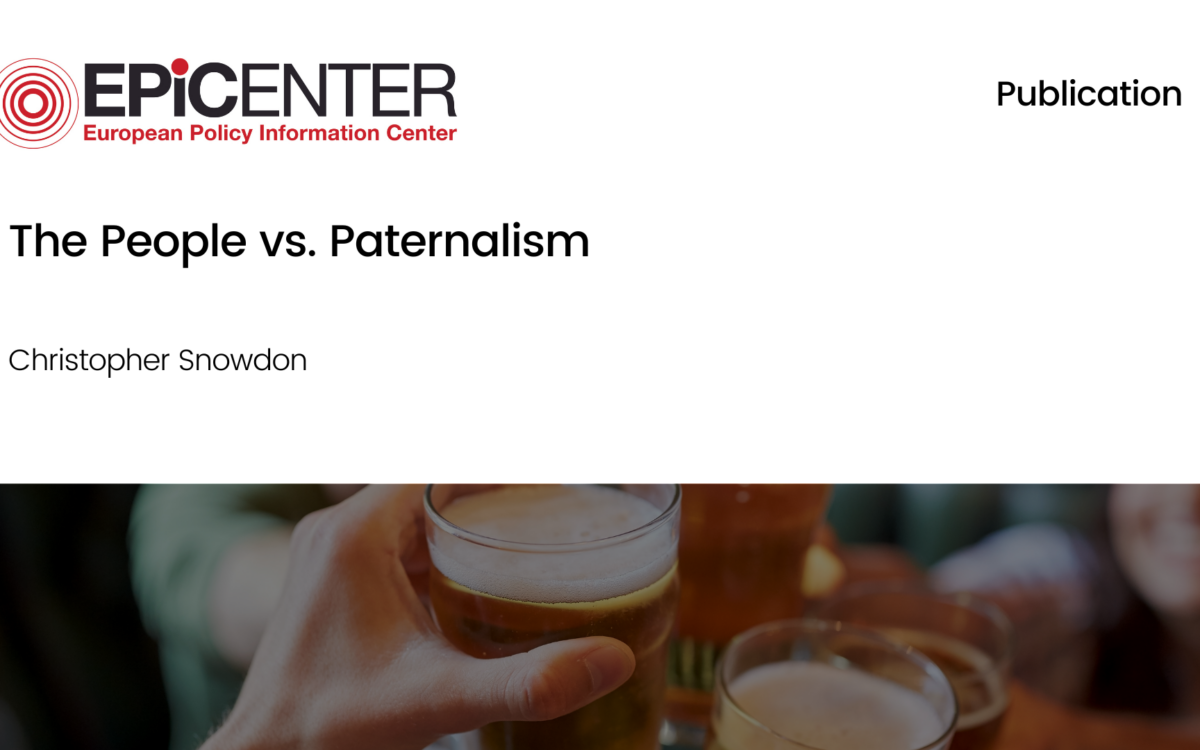Reducing Shadow Economies

Reducing Shadow Economies
5 September 2019
Across Europe, shadow markets constitute a significant portion of the economy. According to some estimates an average of 16 percent of GDP in EU member states is generated by the shadow economy. In Eastern and Southern Europe, the share of GDP produced by the shadow economy is even higher. On the one hand, governments admit that activities carried out within shadow markets create added value – they are included in official estimates of GDP among EU member states. On the other hand, governments have attempted to combat the shadow economy by introducing all kinds of policy measures aimed at reducing its operations as far as possible.
This aim of eradicating the shadow economy at all costs is often counterproductive; it leads to punitive measures and less productive economic activity. As demonstrated by the great extent of shadow economies in some European countries, these efforts by governments are not always successful. In this report, we argue that one of the reasons why governments are often unsuccessful in reducing the extent of the shadow economy is that the policy measures are not directed towards those causes that drive the shadow economy.
The shadow economy can generally be defined as economic activities (labor, goods produced, and services rendered) that are conducted in non-compliance with applicable laws, for the purpose of avoiding taxes and/or regulations.
Taxes and regulations are therefore the primary causes of the shadow economy. In order to effectively counteract the shadow economy, it should not simply be viewed as a source of criminal offences. Instead, it is important to recognize that the shadow economy is primarily concerned with the creation of value.
In this report the causes of the shadow economy, together with its factors, are defined as drivers of the shadow economy. The first part of this report is dedicated to discussing the results of our regression analysis on the drivers of the shadow economy. The second part looks into the measures and policies enacted in various countries in order to combat the shadow economy, and assesses the extent to which they correspond to the drivers identified.
Download or share this publication
View the PDF
EPICENTER publications and contributions from our member think tanks are designed to promote the discussion of economic issues and the role of markets in solving economic and social problems. As with all EPICENTER publications, the views expressed here are those of the author and not EPICENTER or its member think tanks (which have no corporate view).



